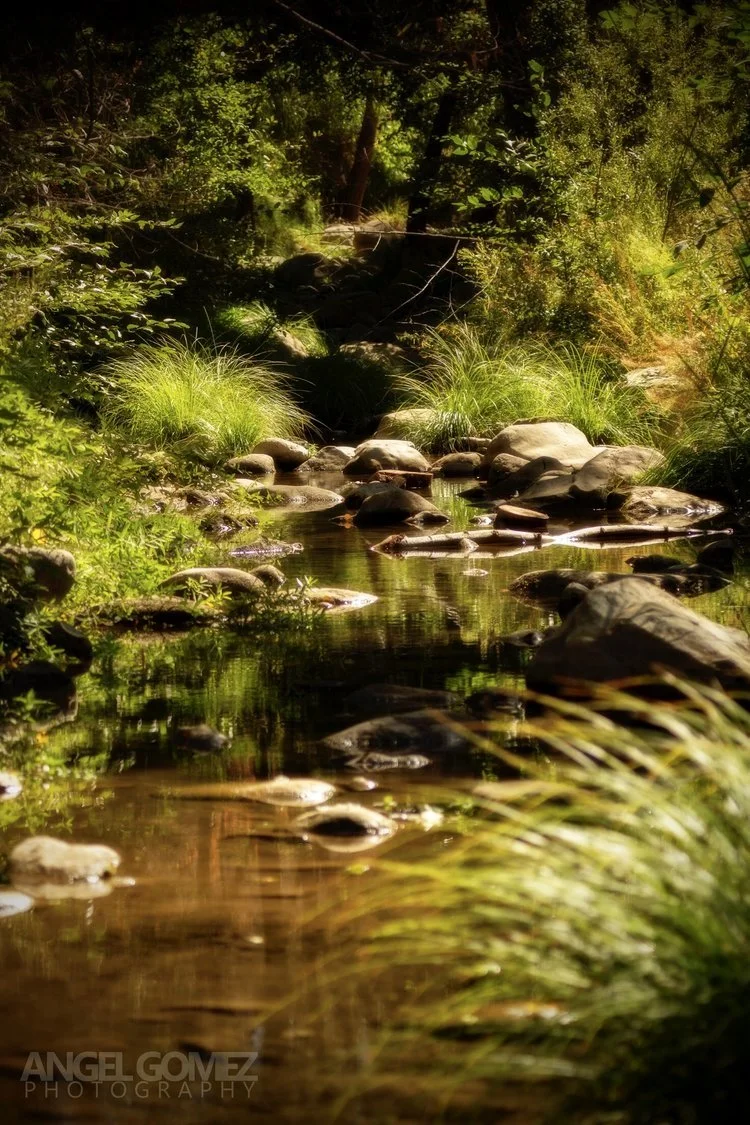The Orton Effect in Photography: Through History and Creativity
The Origins of the Orton Effect
The Orton Effect is a post-processing technique pioneered by Canadian photographer Michael Orton in the 1980s. Known for his ethereal and dreamlike landscapes, Orton developed the technique by layering slides to create a soft-focus effect. He would overexpose one sharp slide and one out-of-focus slide, blending them to produce an image with glowing softness and vivid color.
Michael Orton
Orton sought to replicate the painterly qualities of watercolor art, experimenting with layering methods that enhanced the surreal atmosphere of his landscapes. His work quickly gained recognition for its unique style, inspiring countless photographers to adopt and adapt his technique.
The Glam Photographers of the 80s
The Orton Effect didn’t stay confined to landscapes; it became a favorite among glam photographers in the 1980s. Soft-focus techniques were widely used to enhance skin tones and create a timeless, glowing look in portraits. This dreamy aesthetic, combined with the era's bold fashion trends, helped define a generation of iconic images featuring models with radiant skin and voluminous hairstyles.
The Orton Effect Today
In the digital age, the Orton Effect remains a popular tool for photographers and artists. Unlike Orton's original slide manipulation method, modern editing software like Photoshop and Lightroom allows for easier application. Photographers can now duplicate layers, apply Gaussian blur, and adjust brightness and contrast to achieve the same magical glow.
Today, the Orton Effect is not limited to landscapes or portraits. It has become a versatile technique, offering a creative way to add depth, mood, and artistic flair to various types of photography.
A Photo That Found Its Magic
Photography is often about being in the right place at the right time. One of my most memorable images came from an impromptu family adventure on California’s State Route 33, a scenic highway stretching through Ventura, Ojai, and beyond.
We spent the morning exploring Rose Valley Road, also called Sespe River Road or Forest Route 6N31. Near Middle Lion Campground—a small site with a charming creek—we set up for the day. After lunch, we decided to head to Ojai but took one last hike, soaking in the serene surroundings.
As we crossed the creek on our way back, the scene struck me: sunlight glinted off green leaves and tall grass, framing the creek as it meandered through rocks and disappeared into a misty, brush-lined tunnel in the background. It was magical.
I quickly asked my wife to pause while I set up for a single shot. Over time, I’ve trained myself to aim for one precise capture instead of multiple attempts, trusting my instincts and technical understanding.
Back home, the editing process turned into a creative exploration. Although the raw image was beautiful, I wanted something extraordinary—something that would stand out in my portfolio.
My breakthrough came when I stumbled upon a vintage photo in an old magazine. The model’s glowing, soft-focus look reminded me of the glamour photography of the 1980s. I discovered the Orton Effect after researching similar styles and decided to give it a try.
Despite following tutorials, I couldn’t quite achieve the vision I had in mind. So, I improvised, adding layers of adjustments, tweaking highlights, and introducing subtle textures. The result was a unique workflow tailored to my creative needs, producing an image that my wife calls her all-time favorite.
The photo feels dreamy and otherworldly, as if it were a memory captured in a dream. Here it is—the Dreamy and Glowy Photo, inspired by the Orton Effect. I hope it transports you to that magical moment, just as it does for me every time I see it.


